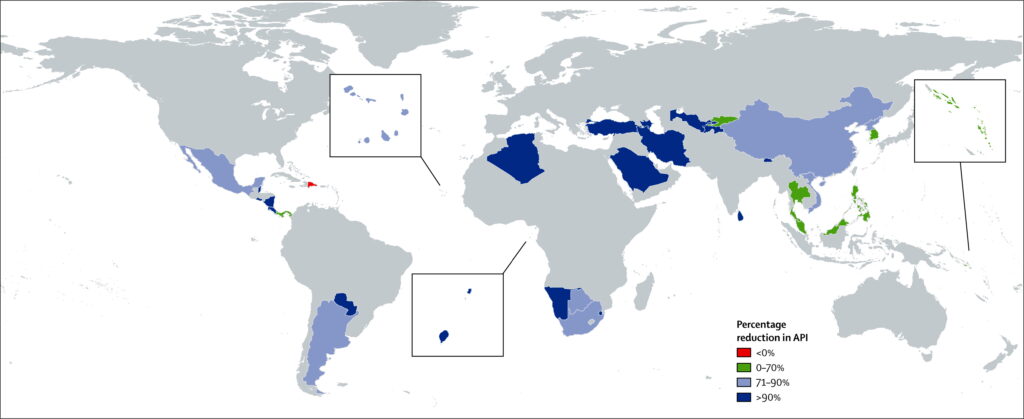Malaria Epidemiology Explained
Epidemiology of Malaria: Revealing the Worldwide Pervasiveness of a Threat
The parasite disease malaria, which is spread by mosquitoes, continues to be a major global health concern. Developing efficient control and elimination measures requires an understanding of the disease’s epidemiology, or the patterns, causes, and effects of the illness in human populations. This blog explores the prevalent trends, regional distribution, and worldwide impact of malaria.
Table of Contents

An Absurd Burden: Calculating the Expense of Malaria
Malaria Epidemiology Explained
Human health continues to suffer greatly from malaria, especially in areas with low resources. Here’s an overview of its worldwide effects:
- High Morbidity and Mortality: The World Health Organization (WHO) estimates that there were 247 million malaria infections and 627,000 deaths worldwide in 2022.
- Impact Disproportionately: More than 90% of malaria infections and fatalities occur in Africa, where the burden is greatest. Youngsters under the age of five are especially at risk and account for a large percentage of fatalities.
- Socioeconomic Repercussions: The financial toll that malaria has on patients, families, and healthcare systems is significant. It prolongs cycles of poverty, lowers productivity, and impedes economic growth.
Geographic Dispersion: A Map of Malaria
Malaria Epidemiology Explained
There are differences in the global distribution of malaria. Its geographic distribution is influenced by the following factors:
- Climate: Anopheles mosquitoes, the disease’s main carriers, prefer warm, humid climates where malaria may grow and thrive.
- Socioeconomic Development: In low- and middle-income nations, the prevalence of malaria is higher due to limited access to healthcare, bed nets, and mosquito control measures.
- Routes of Travel: Travelers are at danger of contracting the disease when they move between areas where malaria is endemic and those where it is not.
Patterns of Prevalence: Knowing the Who and Where
Malaria Epidemiology Explained
Malaria prevalence differs greatly between nations and within them. Here are a few crucial elements:
- Age: Because of their undeveloped immune systems, children under the age of five are disproportionately impacted.
- Pregnancy: Due to physiological changes, pregnant women are more vulnerable to serious malaria complications.
- Immunity: Although it’s not total protection, people who live in endemic areas may eventually develop some degree of immunity.
- Drug Resistance: When Plasmodium parasites develop resistance to antimalarial medications, it can make treatment more difficult and lead to a higher incidence in some areas.
The Growing Danger of Drug Resistance
Malaria Epidemiology Explained
One major obstacle to controlling malaria is the creation and spread of drug resistance to antimalarials. The development of medication resistance by Plasmodium parasites results in reduced efficacy of treatment and an elevated risk of severe disease. Keeping an eye on medication resistance trends and creating novel antimalarial treatments are essential to combating this ever-changing threat.
In conclusion: Towards a World Without Malaria
Malaria Epidemiology Explained
Designing focused interventions requires an understanding of malaria epidemiology. We may work toward a future free from the horrific effects of malaria by concentrating on high-burden areas, vulnerable populations, and new challenges like medication resistance. To eradicate malaria, cooperation is required at all levels—local, national, and international.


